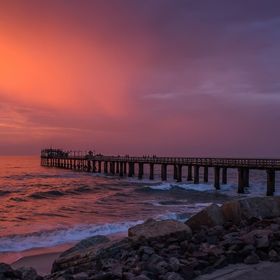Perching
Perching
Read less
Read less
Views
71
Likes
Awards
Hidden Gem Award
Peer Award
Magnificent Capture
Top Choice
Absolute Masterpiece
Superb Composition
Superior Skill
Categories
Same photographer See allBehind The Lens
Discover more photos See all
Behind The Lens
Location
This photo was taken in the Olifants West Game Reserve, South Africa. The reserve is part of the greater Kruger and about 20km north of Hoedspruit in the Limpopo province.Time
On a morning game drive at about 7:30.Lighting
Enjoying early morning natural light, always crisp and clear.Equipment
A Canon EOS 650D camera and EF 100-400mm f/4.5-5.6L IS USM lens.Inspiration
In one word, nature. Taking pictures of wildlife combines two of my favourite past times, the beauty of the nature and creativity of photography.Editing
I use ACDSee software to convert it from a RAW file and do some basic editing, including cropping.In my camera bag
In the bush I normally pack my camera (Canon EOS 650D) and the EF 100-400mm f/4.5-5.6L IS USM, EF-S55-250mm f/4-5.6 ISII, EF-S18-55mm f/3.5-5.6 ISII and EF-S 10-18mm f/4.5-5.6 IS STM lens. Also in the bag I keep a spare battery, memory cards and cleaning gear.Feedback
First and foremost, one must be at the location. This is of cause true for all photography. Knowledge of the subject and environment is certainly beneficial. On a game viewer, like the ones used in this reserve it is better to sit directly behind the driver. It is the lowest bench and gives you the best chance of capturing the animals at eye level. Always be prepared for a siting, constantly adjusting to the prevailing conditions. Generally, I use aperture priority with lowest f-stop when I shot wildlife during the daytime. One must keep an eye on the shutter speed, not dropping below 1/800sec and increase the ISO if necessary. Then try and try again, small changes in the posture of the animal can make a big difference. Lastly enjoy what you are doing.














































